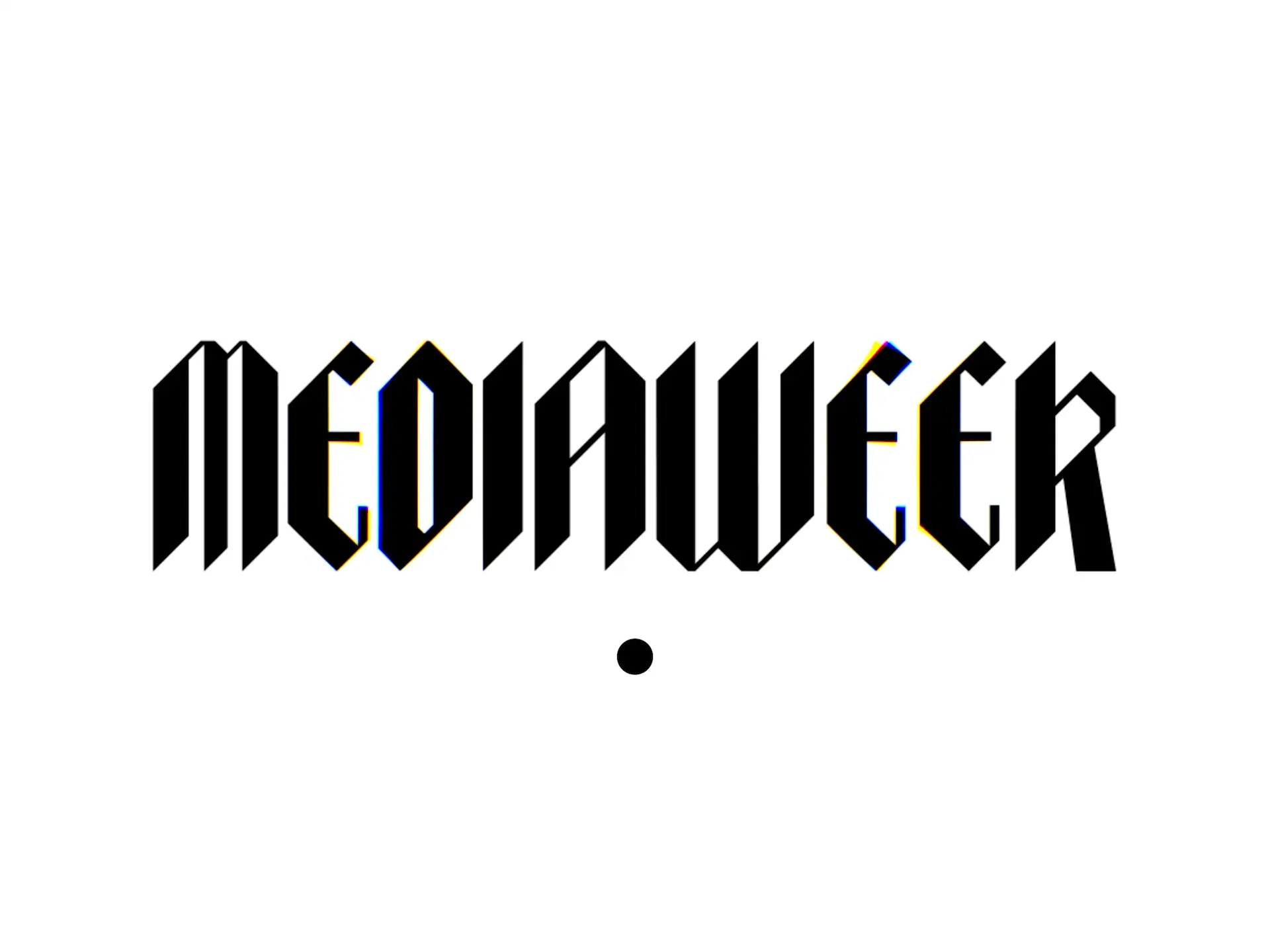the teams
Creative
Our team operated as a small, nimble, and mighty force, composed of only a handful of designers.
marketing
Collaborated with closely with the marketing team from the initial inception of the new branding, to the production of assets for a multi channel marketing campaign, and in-person event branding.
partnership
Worked with the partnership team to ensure that event partners we’re given appropriate representation across event assets.
operations
Fast paced, clear communication with the operations team was necessary to orchestrate
my role
Visual Identity
branding process lead
asset libraries
creative suite scripts & presets
created custom cut of our brand font flam, “Flama Blackletter”
experiential
digital signage
microsite
design
build
maintenance
Communicating advancement and change in technology through the juxtaposition of historical and modern iconography.
The trusted Blackletter typography and CMYK printed halftones of media’s old guard were juxtaposed against the neon vibrance of RGB pixel clusters and modern, bolded sans-serifs. This stark contrast highlights and boldens the essence of the media’s ongoing metamorphosis.
The lines between these iconographies were blurred in the Mediaweek 2022 Branding. This blurring of lines served a dual function. Practically, it served as a means to organically pair two visual themes that might not under most circumstances, pair well. By taking a magnifying glass to that contrast, we were able to turn a jarring clash into a feature, not a bug. Secondly, by having the lines between Blackletter/Sans-serif and CMYK/RGB blurred, it communicated the idea that the current state of the media landscape was anything but easily defined or understood. The industry was enmeshed in a state of flux that defied a clear explanation.
Flama BL – A custom blackletter font, drawn from Adweek’s primary brand font, Flama.
The Mediaweek Blackletter font was created to reflect the evolution of media in the context of new and emerging formats. With the Metaverse in the spotlight and the future feeling closer than ever, we used motifs from traditional media to create contrast and emphasize the event’s forward-looking themes. The dynamic blackletter font can fluidly transition to the more contemporary sans-serif Flama, mirroring the transformation of media from traditional to modern mediums.
While the font was originally drawn to include only the original 7 characters used to set the primary event lockup (A, D, E, I, K, M, W), it was expanded out to include an uppercase for all 26 standard latin characters & 0-9 numbers. Being one of the primary visual elements in the brand, the font needed to be able to be utilized for any potential copy.
CMYK halftone meets RGB Pixel clusters
To further the theme of the transition between old and new media, both the CMYK color palette and halftone printing dots were adapted into a modern context. The RGB Channel split effect, popularly used to communicate technological themes, was contrasted against its print heritage with offset printing layers in CMYK. This pattern of CMYK offset halftone printing provided a highly dynamic and flexible tool to provide a punch of color to the otherwise monochrome branding, in addition to providing designers a means to brand assets without over-using the more visually loud blackletter font.
While many applications of the CMYK offset halftone were utilized in a more Literal and representative manner, these colorful dots allowed for a more abstract utilization as well that brought select moments in assets to life with an exciting flurry of color.
This abstraction was heavily utilized in the branding of the physical space on digital signage. These atmospheric assets, having less information to convey, opened up for the brand to really come alive and show off.
Creative Coding Applications
I Designed and coded an interactive hero for the Mediaweek website that utilized p5.js and lottie. This application brought the branding to life in an interactive medium, giving the site a bespoke designed effect, reflective of the high end professional nature of the event.
The solid foundations and flexible structure of the branding and font allowed for a continued experimentation and evolution in application throughout the campaign.
From the course of the event campaign, from initial launch through run of show, the flexible nature of the branding in conjunction with the solid thematic foundations they were designed on, allowed our team to continually explore new possibilities with the elements, while retaining the core brand identity. By the time assets were being created for the venue, the team was able to develop visuals that didn’t just feel like a stale iteration of the same ads that have been circulated for the length of the lead-up, but rather an evolution that felt both natural and exciting.
While most if not all marketing materials are viewed on smaller screens like phones and laptops, the venue provided a larger, more immersive canvas, that we were able to take full advantage of.
